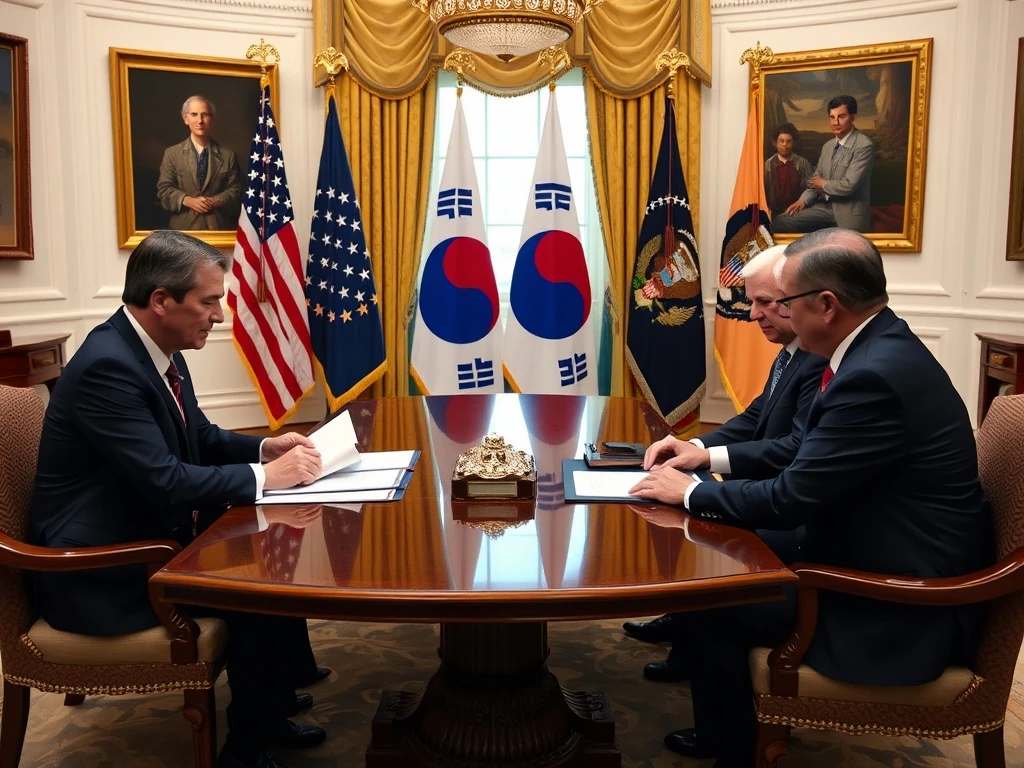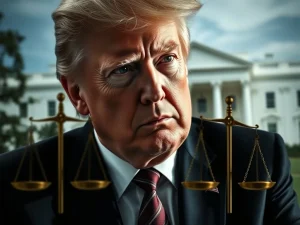Trump’s Bold Move: U.S. Pursues Trade Deal and Lower Tariffs with South Korea

In a strategic push to reshape U.S. trade policy, President Donald J. Trump is set to meet with South Korean officials to negotiate a trade deal and lower tariffs. This move could significantly impact global markets and the U.S. trade deficit. Here’s what you need to know.
Trump’s Trade Agenda: A Focus on South Korea
The White House is actively advancing trade initiatives, with President Trump confirming a meeting with a South Korean trade delegation. South Korea, currently facing a 25% U.S. tariff, has proposed a reduction in exchange for increased purchases of American goods. Trump has shown openness to the idea, aligning with his broader goal of reducing the U.S. trade deficit.
Key Developments in U.S. Trade Policy
- South Korea Negotiations: Potential tariff reduction in exchange for increased U.S. exports.
- Pakistan Agreement: Collaboration on oil reserves development, with potential expansion to India.
- U.S.-China Talks: No concrete agreement yet, but negotiations continue.
Impact on Markets and Trade Relations
Financial observers have reacted with cautious optimism as U.S. stock indices remain stable. The Federal Reserve’s decision to maintain current interest rates adds to the stability. However, Asian markets remain uncertain, awaiting further clarity from U.S. policymakers.
What’s Next for U.S. Trade Policy?
The Trump administration is under pressure to finalize agreements with key trade partners before a self-imposed deadline. Failure to do so could result in blanket tariffs, further complicating global trade relations.
Conclusion
Trump’s focus on trade policy highlights a strategic effort to recalibrate U.S. trade relations, supporting domestic industries and reducing trade imbalances. The outcome of these negotiations could have far-reaching implications for global markets.
Frequently Asked Questions (FAQs)
What is the current tariff rate on South Korean goods?
South Korea is currently subject to a 25% U.S. tariff.
What does South Korea propose in exchange for lower tariffs?
South Korea has proposed increased purchases of American goods in exchange for a reduction in tariffs.
What is the status of U.S.-China trade talks?
The latest discussions concluded without a concrete agreement, but both parties expressed willingness to continue negotiations.
How are markets reacting to these developments?
Financial observers have responded with cautious optimism, with U.S. stock indices remaining stable.








